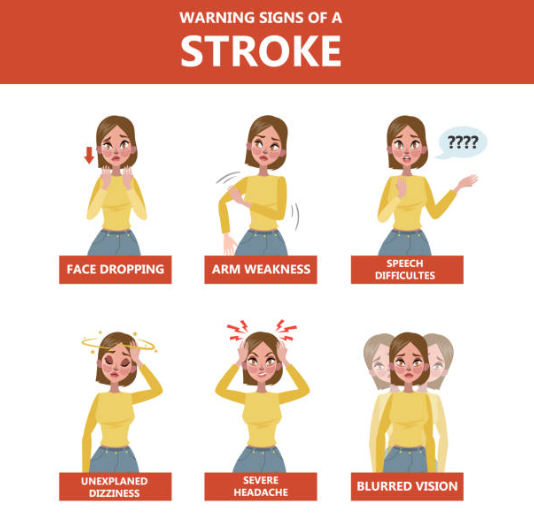Stroke

Stroke occurs when blood flow to the brain is disrupted as a result of blockage or rupture of a blood vessel in the brain. Stroke is a leading cause of long-term disability in the United States. The majority of strokes (87 percent) are caused by a blocked blood vessel (ischemic strokes), usually due to a blood clot. Each year nearly 800,000 people in the United States suffer a stroke. Nearly 25 percent of these strokes are recurrent attacks—that is they occur in a person who previously suffered a stroke. High blood pressure is the most important determinant of stroke risk, and the relationship is nearly linear, so that as blood pressure increases the risk of stroke rises with it.
Stroke Prevalence
An estimated 2.3 percent of California adults report having had a stroke (CHIS, 2011–2012, estimates of stroke prevalence were not available in 2013–2014). Because of the low stroke prevalence among adults younger than 65 years (0.2 percent prevalence among those ages 18–34 years; 0.6 percent among those ages 35–44 years; 1.5 percent among those ages 45–54 years; 3.1 percent among those ages 55–64 years), the subsequent calculated stroke estimates describe the older adult population, adults 65 years and older. Among adults 65 years and older, the prevalence of stroke is 8.5 percent (1 in 12) overall, and risk continues to climb with age and has approximately doubled after age 85 years to 16.1 percent (1 in 6).
The prevalence of stroke among older adults is higher among men than women. Stroke occurs most often in multiracial and African American adults than other groups, and the least often in Asians. Stroke frequency was similar among all levels of education and income.

Helpful Tips and Resources
CDC Vital Signs
CDC Feature Articles
Go to Heart Disease Homepage